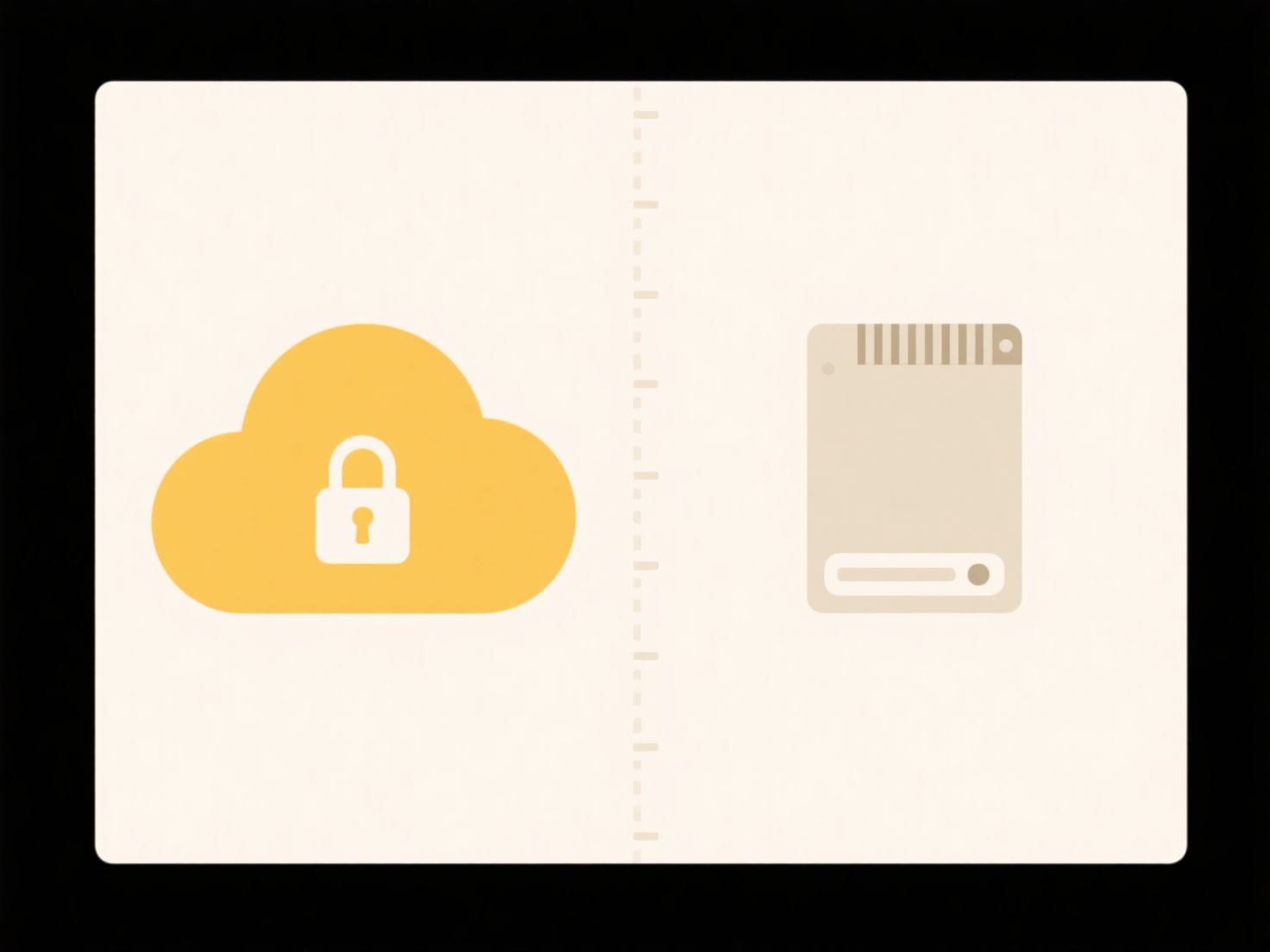
Shared file leaks or misuse occur when sensitive information is unintentionally exposed to unauthorized parties or accessed improperly by those who have legitimate access. Prevention involves implementing strategies and tools to control how files are shared, accessed, and used after sharing. This differs from basic file storage security by focusing on user actions and collaboration risks, not just encryption at rest.

Common applications include protecting patient health records shared internally within a hospital using HIPAA-compliant platforms like SharePoint with strict access controls and activity auditing. Another example is safeguarding confidential source code shared with external contractors via cloud platforms (like Box or Google Drive), where granular permission settings (view-only, watermarking, download prevention) and non-disclosure agreements (NDAs) are enforced.
While effective controls enhance security and trust, limitations exist. User error remains a significant risk, and complex permission schemes can hinder legitimate collaboration. Future developments focus on AI-powered anomaly detection identifying unusual access patterns. Ethical considerations require balancing security with legitimate work needs. Proactive prevention reduces breach risks and fosters responsible information sharing practices.
How do I prevent shared file leaks or misuse?
Shared file leaks or misuse occur when sensitive information is unintentionally exposed to unauthorized parties or accessed improperly by those who have legitimate access. Prevention involves implementing strategies and tools to control how files are shared, accessed, and used after sharing. This differs from basic file storage security by focusing on user actions and collaboration risks, not just encryption at rest.

Common applications include protecting patient health records shared internally within a hospital using HIPAA-compliant platforms like SharePoint with strict access controls and activity auditing. Another example is safeguarding confidential source code shared with external contractors via cloud platforms (like Box or Google Drive), where granular permission settings (view-only, watermarking, download prevention) and non-disclosure agreements (NDAs) are enforced.
While effective controls enhance security and trust, limitations exist. User error remains a significant risk, and complex permission schemes can hinder legitimate collaboration. Future developments focus on AI-powered anomaly detection identifying unusual access patterns. Ethical considerations require balancing security with legitimate work needs. Proactive prevention reduces breach risks and fosters responsible information sharing practices.
Quick Article Links
Can I rename files using regular expressions?
Regular expressions (regex) are powerful text pattern matching sequences that identify specific character combinations w...
How do I export high-resolution images?
Exporting a high-resolution image involves saving a digital photograph or graphic in a way that preserves significant de...
Does Wisfile allow rule-based classification?
Does Wisfile allow rule-based classification? Wisfile enables fully customizable rule-based file classification using...